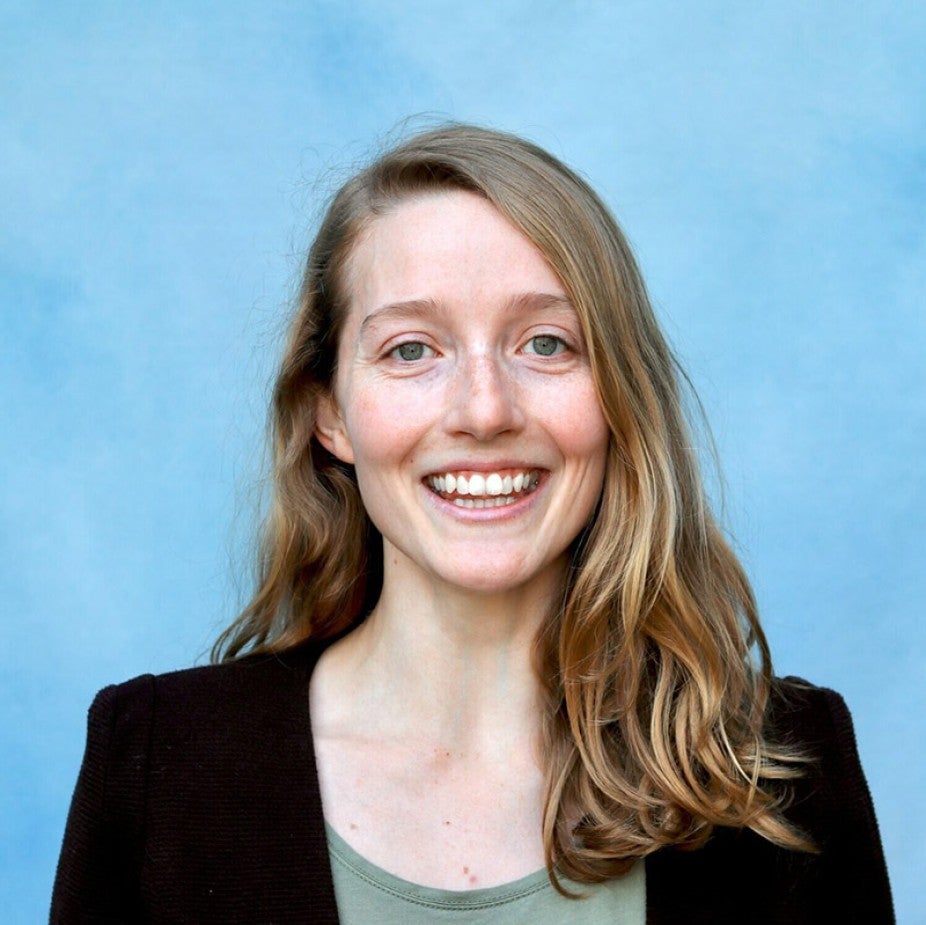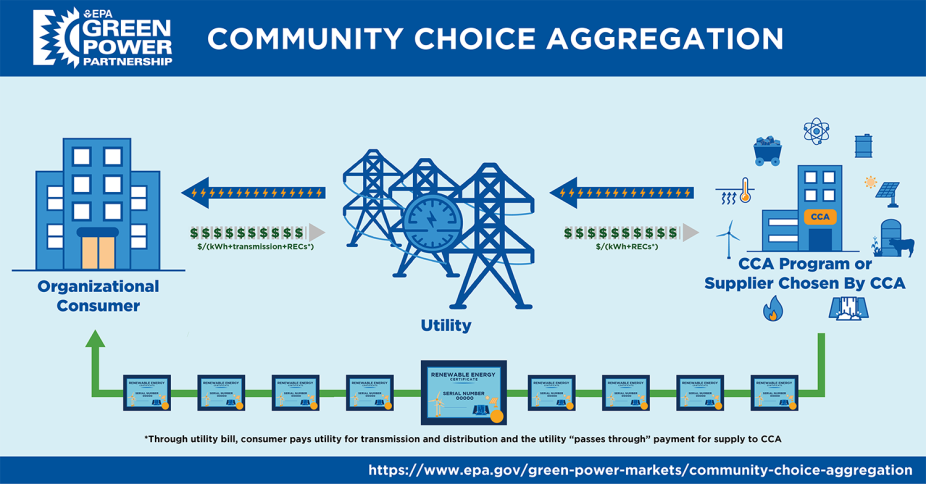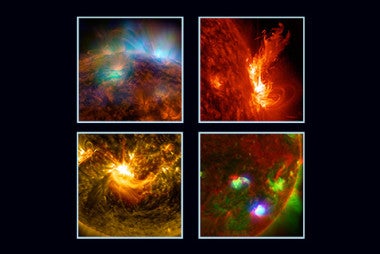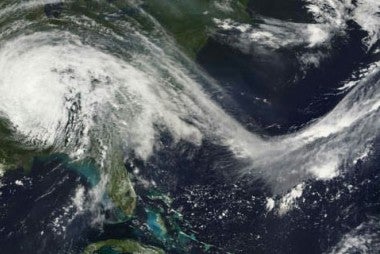Lily Hahn, volunteer scientist and NOAA C&GC Fellow, recognized by AGU
More and more, scientists are stepping out of the laboratory and into local communities, partnering with the public to address environmental issues. Lily Hahn is one of those scientists and was recently recognized by the American Geophysical Union (AGU) for her volunteer contributions to the organization’s Thriving Earth Exchange
“I started doing community science work because my Ph.D. research was on fundamental climate dynamics, and I wanted to do something that was more hands-on and directly helped communities,” Hahn said. She is completing her NOAA Climate & Global Change Postdoctoral Fellowship (C&GC) this year at the Scripps Institution of Oceanography. C&GC is a program managed by UCAR | Cooperative Programs for the Advancement of Earth System Science (CPAESS).

Lily Hahn, NOAA Climate & Global Change Postdoctoral Fellow was recently recognized by the American Geophysical Union for volunteering with the Thriving Earth Exchange.
Credit: Lily Hahn
The Thriving Earth Exchange connects volunteer scientists with communities to collaborate on community priorities related to environmental health, air quality, flood mitigation, natural hazards and more: In short, to “do science together.”
Hahn’s first project in 2019 involved co-writing a chapter of a feasibility study exploring more renewable energy options for Arlington, Virginia where some 50% of the city’s energy came from fossil fuels. “The project team was interested in expanding renewable energy options for electricity consumers in order to reduce the city’s dependence on fossil fuels,” said Hahn.
These initiatives – known as Community Choice Aggregation (CCA) programs – guide local communities that are interested in purchasing green energy sources to power their business and residential communities, but with distribution or transmission retained by existing utilities. All stakeholders, including local government entities, businesses, and residents, are invited to participate in conversations around CCA programs.
To aid decision making, Arlington’s CCA exploration began with a feasibility study conducted by Hahn and the team of volunteer scientists. It involved collecting and analyzing data on current and future electricity needs, current and possible future power portfolios, current and projected costs, as well as environmental benefits.

This infographic depicts how a typical Community Choice Aggregation works.
Credit: U.S. Environmental Protection Agency
Aggregating demand can result in more competitive prices across suppliers while expanding the field of available energy sources and bringing cities closer to realizing renewable energy goals and reductions in greenhouse gas emissions.
“Once we completed the feasibility study, we shared the results in a presentation to community stakeholders,” said Hahn. “Our study indicated that a CCA would allow the city to reach its energy goals at a competitive price, while offsetting its carbon footprint.”
Hahn continues to volunteer with the Thriving Earth Exchange, now as a Community Science Fellow. In this project manager role, she helps community leaders define their project’s scope and pulls together resources and volunteer scientists to participate.
Currently, she is leading a project aimed at mitigating illegal trash dumping at Scott Church in Detroit, Michigan. Hahn, along with community leaders and community scientists, is exploring affordable and sustainable ways for the community to dispose of waste.
“We are going to use funding from AGU to actually implement solutions like installing a trash enclosure and improving lighting and signage to enhance the space and discourage illegal dumping,” says Hahn. Along with physical modifications, Hahn and the team are planning to host environmental education events and explore environmental justice issues with the community. The 12-month project will conclude in 2025.
Armed with ideas from her experiences working with the AGU, Hahn started thinking about how a similar program might be replicated at her doctoral institution, the University of Washington. She, along with two other Ph.D. students co-founded the Actionable Community-Oriented Research eNgagement (ACORN) program in 2020. It sits within the university’s Program on Climate Change (PCC) and like the Thriving Earth Exchange, it addresses community priorities related to climate and energy.
“We started it right before COVID hit but somehow got it off the ground remotely and by the end of my Ph.D. we had supported eight projects,” said Hahn. The steering committee is composed of graduate students who scope out local projects, coordinate ideas with PCC faculty, oversee project implementation, and then train the next group of ACORN leaders to allow the program to continue in the future.
As Hahn looks ahead to a career in science after completion of her C&GC fellowship, she will continue to look for opportunities to foster community science projects among future graduate students, possibly in the form of a course. “We always had overwhelming interest from graduate students to volunteer their time and from community partners. These projects have a measurable impact and I’m excited to continue supporting community science in the future,” says Hahn.









